
The Newbery Award has been given each year since 1922 for “The Most Distinguished Contribution to American Literature for Children.” But “children” is a pretty large category: what a 3 year old might love is not the same as what a 13 year old might. As a general rule, most Newberies are good reads for later elementary and middle school students. I read a lot of Newberies starting in fourth grade, the year I turned 10. A few Newberies are ones I’d keep for teens, but there are a good number that can be enjoyed by younger kids as read-alouds. For me, read-alouds for younger kids mean that the theme is less coming-of-age and more family-based: finding families, coming back to families, or creating new families.

One of our favorite times of day is our read-aloud time from chapter books as a family before bed. Everyone likes to have a little say in what the next book is, so I wanted to make a list of Newbery books that have worked or might work for our family with little kids ages 6 1/2 and 4. Technically, the 6 1/2 year old is a strong enough reader he could read these for himself (he’s reading Hardy Boys), but I think most of these he would still enjoy more as read-alouds.
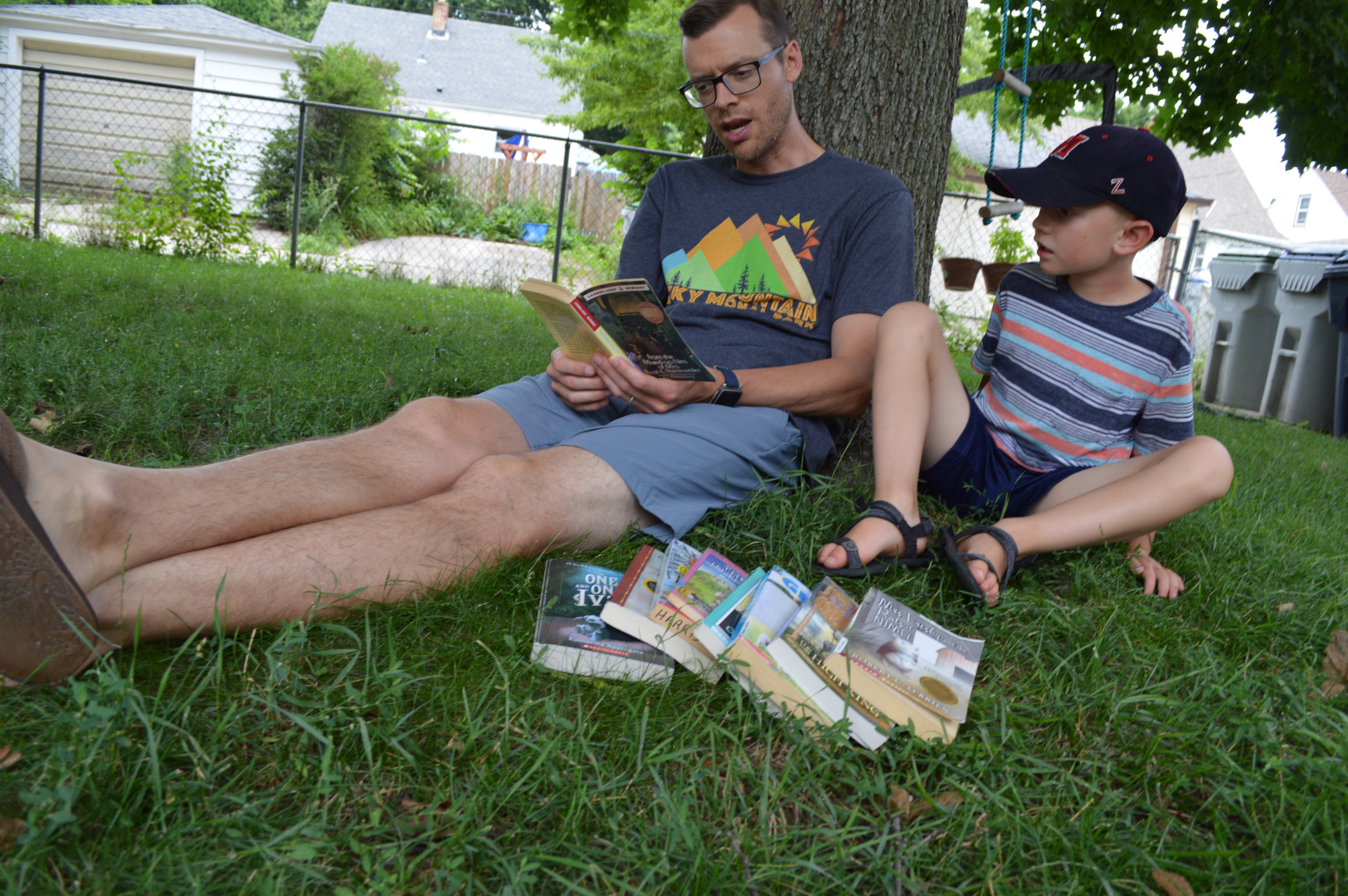
This is about the same list that I would feel comfortable handing to a child under ten. And, in fact, some of these have been presents I’ve sent to my godchildren for their birthdays over the years. That’s not to say that these books are just for younger children; kids over 10 would enjoy these books as well, probably picking up more of the details and meaning the littles miss. I’ll make a note where I think there might be material (historical racism, violence, etc) that might merit a parent preview or at least preparation for some conversations or judicious skipping of particular parts. Some families are going to be comfortable reading and discussing these things with small children, and some are going to want to skip them or wait until the child is older.
An asterisk * by a book means it’s one of my all time favorite Newbery middle grade novels (you can see the full list of my favorites here) and for full reviews of each book you can click on the book title.

24 Read-Aloud Newbery Award Books for Younger Children
I arranged these chronologically; they are not ranked by which I like most.


1. The Voyages of Doctor Dolittle by Hugh Lofting (1923) Whimsical adventures of the veterinarian who can talk with animals. (This book is a classic example of a book that still has immense appeal to kids– talking to animals! traveling the world!–but also some pretty serious racism in terms of language, pictures, and story line. Newer versions will help with the most egregious language and pictures, but some families might feel that even a newer version and a direct conversation about the depictions of Africans in this book is not enough and will want to skip it.)


2. Gay Neck, the Story of a Pigeon by Dhan Gopal Mukerji (1928) A carrier pigeon’s journeys around India, into the Himalayas, and onto the battlefields of WWI. (This book has such an off-putting name that parents might be hesitant to pick it up. But Carrier pigeon Chitra Griva, roughly translated as iridescent throated, or a neck painted in gay colors, is a great narrator. It has some eastern religious undertones some families might want to be aware of and just an fyi it’s a pretty slow moving, but filled with rich language and beautiful descriptions of nature).


3. Hitty, Her First Hundred Years by Rachel Field (1930) A wooden doll’s adventures through 100 years of American history. (Many books and movies since the 1922 The Velveteen Rabbit or How Toys Become Real by Margery Williams to the 1995 Pixar Film Toy Story have played around with the idea of toys going on adventures. I think the premise of Hitty, Her First Hundred Years is stronger than the actual execution, but this is a beloved book by many families. The Miraculous Journey of Edward Tulane by Kate DiCamillo is a much richer (but sadder) book that has a doll journeying around, and at the end there even is a very old doll that always has reminded me of Hitty.)
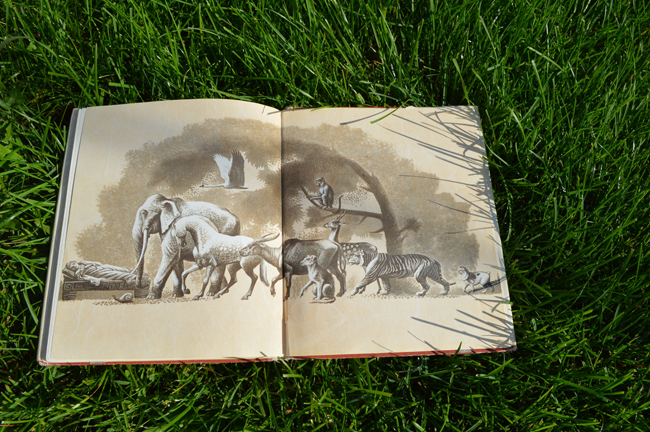

4. The Cat Who Went to Heaven by Elizabeth Coatsworth (1931) When an artist’s beloved cat dies, he decides to paint the cat into the famous scene of the death of Buddha. (Very short, nearly a picture book, and obviously with some eastern religious themes, this book is short with lots of animals. It could be read in one sitting.)


5. Caddie Woodlawn by Carol Ryrie Brink (1936) * Plucky Wisconsin girl in pioneer times with her family. (There are similar issues in portraying Native Americans as in the Little House books. But if you like The Little House books or Little Britches, this is going to be a good fit. Also, if you enjoy Caddie Woodlawn, there is a 1939 sequel originally called Magical Melons but now is titled Caddie Woodlawn’s Family.)


6. The Matchlock Gun by Walter D. Edmonds (1942) Father leaves his young children, resourceful wife, and his beloved old Spanish gun alone late one 18th century New England winter. (Probably obvious from the title, but involves guns and a 10 year old boy defending his home against attacking Native Americans in the context of the French and Indian War/American Revolution. It was written in the middle of WWII which might explain the glorification of martial bravery, but also might leave parents with a lot of explaining of context to do.)
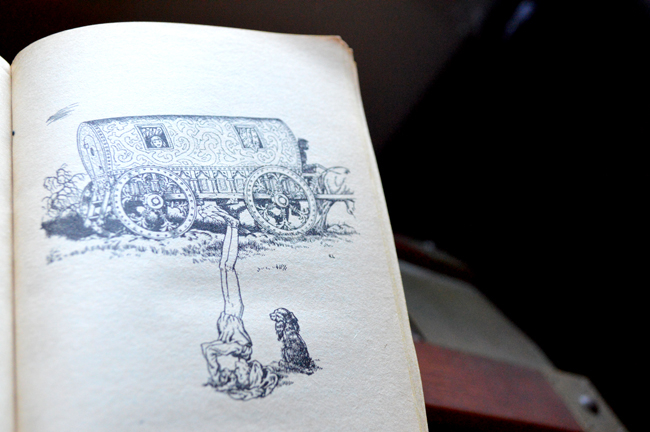

7. Adam of the Road by Elizabeth Janet Gray (1943)* A Medieval minstrel boy and his dog’s journey to be reunited with his father. (This is a delightful book.)
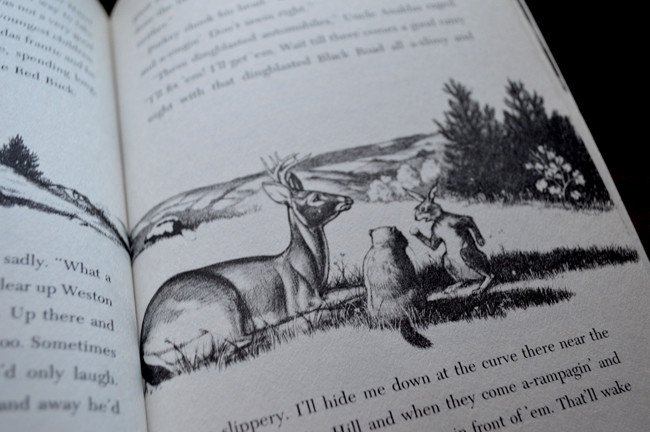

8. Rabbit Hill by Robert Lawson (1945) Talking farm animals anticipate a new farmer arriving and whether or not to eat all of the farmers’ garden. (It’s in the spirit of Beatrix Potter, Charlotte’s Web, and Mrs. Frisby and the Rats of NIMH although not quite as charming as those classic books. But it’s still fun. )


9. Miss Hickory by Carolyn Sherwin Bailey (1947) A wooden doll’s extraordinary year looking for a new home after being chased away by a chipmunk fending for herself in the great New England woods and the perils of squirrel friendships. (Heads up a bit of an abrupt and not very happy ending for Miss Hickory.)


10. The Twenty-One Balloons by William Pène du Bois (1948) Retired math teacher – turned amateur balloonist – lands on Krakatoa right before its ill-fated (and real-life) volcanic eruption destroys the utopian society there. (A bit philosophical, as utopias can tend to be with comments on social structure, but the fun of the balloon voyage and the Krakatoa society, and a good volcano erupting probably make up for it.)


11. King of the Wind by Marguerite Henry (1949) Mute stable boy Agba and his beloved colt Sham are bought and sold, forgotten and celebrated throughout North Africa and Europe. (This book has beautiful illustrations and for kids who love horse stories, especially Black Beauty, it would be a good read. But like Black Beauty it has a series of misfortunes, followed by more misfortune, before a finally happy ending. It has a middle eastern setting that is a little exoticized.)


12. The Door in the Wall by Marguerite de Angeli (1950)* Medieval English boy, separated from parents, and crippled by the plague, learns to walk and trust again, eventually saving a castle from attacking Welsh. (This is a delightful book.)


13. Ginger Pye by Eleanor Estes (1952) The search for Jerry & Rachel Pye’s missing puppy Ginger through Jerry’s school room and their little New England town. (This is a solid, sweet kids’ story involving a dog, a mystery, and a happy ending.)


14. The Wheel on the School by Meindert DeJong (1955)* The six children of a turn-of-the-century Dutch village school set out to make a home for a pair of storks on the roof of their school using a large wagon wheel and thereby bring their village together. (This is a super charming books with a great setting and wonderful illustrations.)


15. From the Mixed-Up Files of Mrs. Basil E. Frankweiler by E. L. Konigsburg (1968)* Claudia Kincaid and her younger brother Jamie run away to live in the Metropolitan Museum of Art in New York City for about a week and uncover the secret of a supposed Michelangelo sculpture. (This is a wonderful book!)
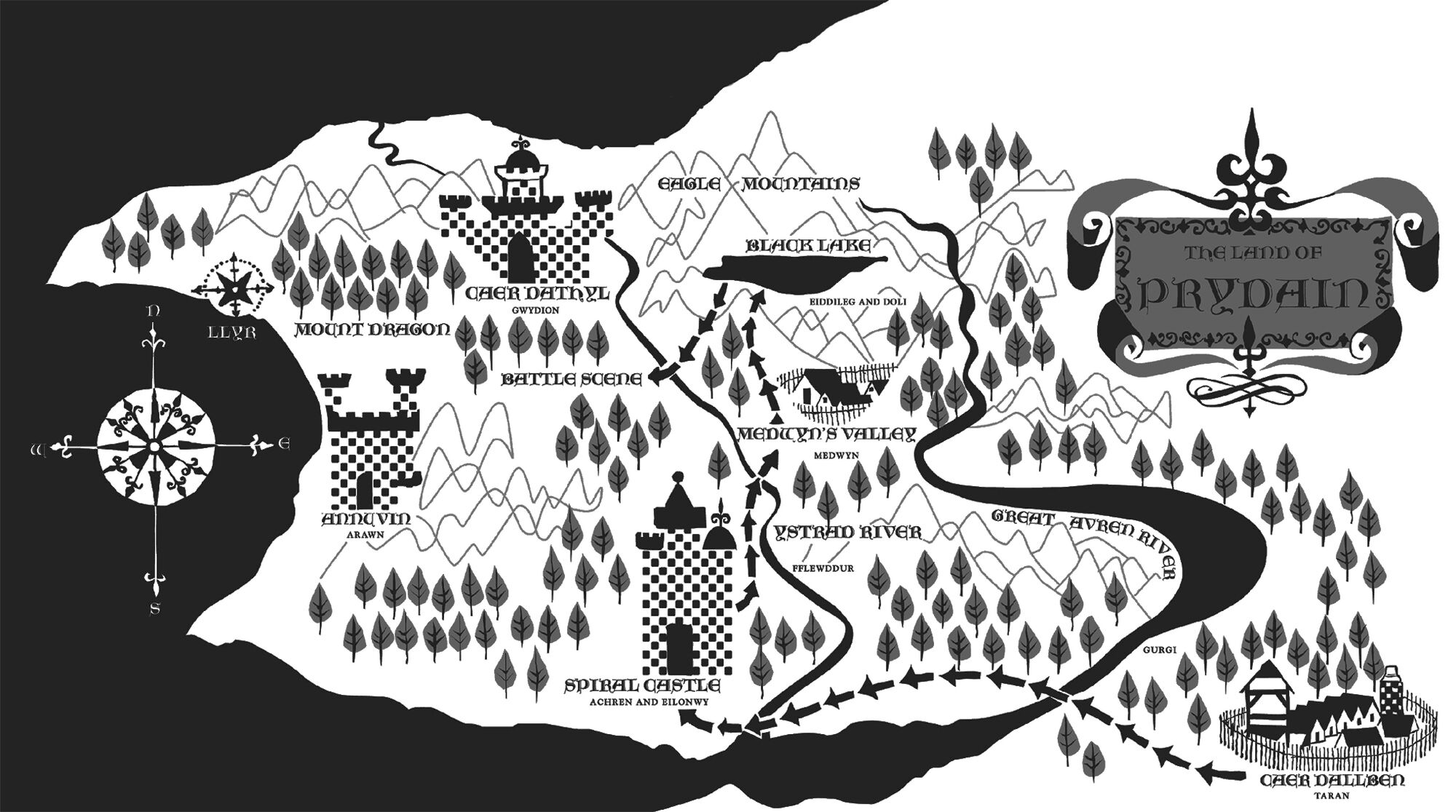

16. The High King by Lloyd Alexander (1969)* The last adventure of Taran the Assistant Pig-Keeper and his lovable crew as they journey through the mythic, medieval Prydain and face the final epic journey. (This is the last book in the series, and I’d highly, highly recommend you begin with first book The Book of Three and make your way through the whole series.)


17. Mrs. Frisby and the Rats of NIMH by Robert C. O’Brien (1972)* Mrs. Frisby is a mouse who needs to save her sick son with help from a mysterious group of rats whose story is wrapped up with that of her late husband. (One of the best children’s books of all time!)


18. A Visit to William Blake’s Inn by Nancy Willard (1982). Written in the style of William Blake poems about a little boy who travels to Poet’s Inn, where animals are guests and staff. (Short, beautifully illustrated, but pretty weird poems.)


19. Sarah, Plain and Tall by Patricia MacLachlan (1986)* Set in the 1800s, 10-year-old Anna and her younger brother Caleb await the woman who answered the advertisement for a mail-order bride their father had placed. Will Sarah want to stay on their prairie farm? (This is such a beautiful book.)


20. The Whipping Boy by Sid Fleischman (1987)* Spoiled medieval Prince Horace (Prince Brat by his subjects behind his back) has a servant for everything, including taking his whippings. But things change when he runs away, and takes his whipping boy, Jemmy, with him. (Such a fun book!)


21. Joyful Noise: Poems for Two Voices by Paul Fleischman (1989) A short book of poetry that conjures up the noise of summertime insects. Each page has an illustration and two columns of text: one for each voice with alternative, unison, and occasionally clashing parts. (It’s a quick, light read, especially for listening to summer insects and having poems two people read at once.)


22. The Tale of Despereaux by Kate DiCamillo (2004)* A lovely fairy tale about a brave knight who loved a princess, the knight happens to be a very small mouse, and the princess happens to be recently motherless human girl after a rat fell into her bowl of soup causing the queen’s untimely death. (One of my favorites!)


23. The One and Only Ivan by Katherine Applegate (2013)* Ivan a gorilla is living in small cage in a mall next to old elephant Stella and a tiny mangy stray dog named Bob. When the mall’s owner buys a new baby elephant, Ruby, to help the financially declining mall, Ivan and Stella begin to work for a change. (It’s a little bit sad at the beginning. It breaks your heart in a good way and puts it back together again with hope.)


24. Last Stop on Market Street by Matt de la Peña (2016) CJ and his grandmother take a trip on the bus to serve at a soup kitchen, in this beautiful picture book. (It’s a very short, wonderful picture book.)

Books that are for just a slightly more mature read-aloud audience include Miracles on Maple Hill by Virginia Sorensen (1957), Dear Mr. Henshaw by Beverly Cleary (1984)*, Number the Stars by Lois Lowry (1990)*, Shiloh by Phyllis Reynolds Naylor (1992)*, Bud, Not Buddy by Christopher Paul Curtis (2000)* and The Westing Game by Ellen Raskin (1979).*

What are your favorite read aloud books (Newbery or otherwise!) for younger children?